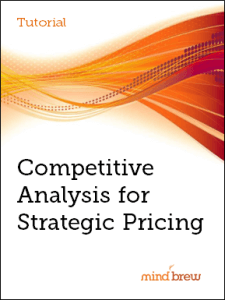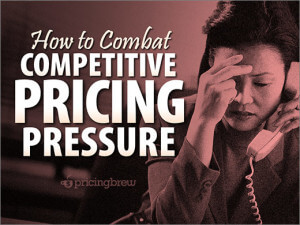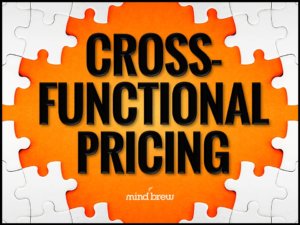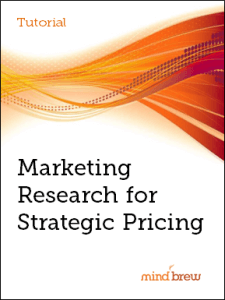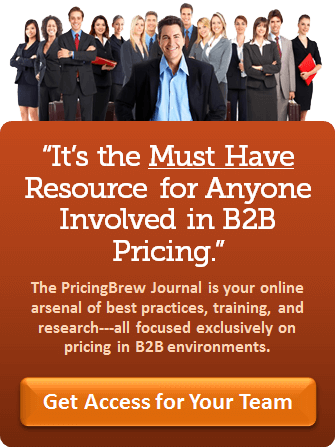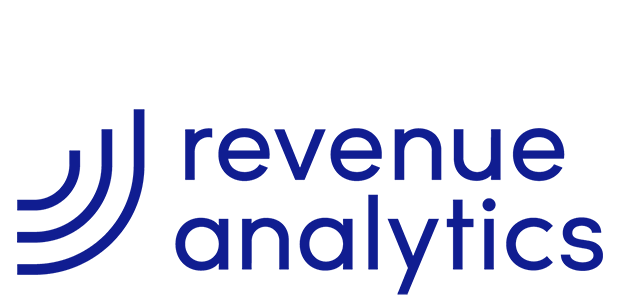More than once, PricingBrew subscribers have asked us, “How can we get ahold of competitors’ price lists?”
In all sincerity, the best answer to this question may be, “Why would you want a copy of your competitor’s price list?”
Think of it this way, would getting a copy of all the contacts on Paul McCartney’s phone help you jumpstart your music career?
Probably not.
Sure, it might be fun to try to call or text some other music moguls, but they aren’t going to recognize your number. They aren’t going to answer. Instead, they’ll probably block you. Paul’s numbers might be interesting for a brief time, but they probably aren’t going to be that helpful to your career over the long haul.
In a similar way, getting a competitor’s price list might satisfy your curiosity, but it’s not going to be helpful to your pricing efforts.
That’s because even if you have the list, you don’t know the meaning behind those numbers. Have they priced their products high so that they can offer all their customers a “discount”? Or do they price their products low in order to get a foot in the door and then charge for a lot of add-ons that increase the price? Or maybe the salespeople don’t really look at the price list at all and their actual prices look nothing like the so-called price list.
And even if the prices are accurate, you still really don’t know anything about what your prices should be.
Your products are (hopefully) different from your competitors’ products. If you make that fact clear to your customers (as you should), they will value your products differently than they value the competition. As a result, you should charge different prices than your competitors do.
Obtaining a copy of someone else’s price list is really only valuable if you want to get into a price war, which is a no-win situation.
Now this isn’t to say that your organization shouldn’t do competitive research. Just the opposite! We want you to get as much information about them as possible. Find out what markets they sell to, what their products are like, how they advertise, who their salespeople are. If you can, talk to some of their customers and find out what they do and don’t like about your competitors. And also ask them what they do and don’t like about your products.
Then, your marketing and sales teams should use that information to help position your company strategically. And you should also use what you learn about your products’ perceived value to help set prices. Remember, perceived value is the key.
For some practical tips on how to do this kind of analysis, check out our Step-by-Step Competitive Analysis for Strategic Pricing.
It includes lots tips and resources for gathering and using competitive data.
And if you feel like you might be on the verge of a price war (or if you’re already in the middle of one, watch the webinar on How to Combat Competitive Pricing Pressure.
Instead of spending your energy trying to figure out the competition’s prices, figure out how the market views the various products available. In the long run, that will be a much better guide to pricing your own products.

